2020 SMART Edmonton
March 11, 2022
SMART Remediation talks have focused on innovative technologies for remediating contaminated sites, approaches for site characterization, project case studies, regulatory and industry perspectives, and other related topics.
The 30th SMART Remediation conference was held in Edmonton on Wednesday, March 11th, 2020. Details on the speakers and presentations are provided below.
Speakers
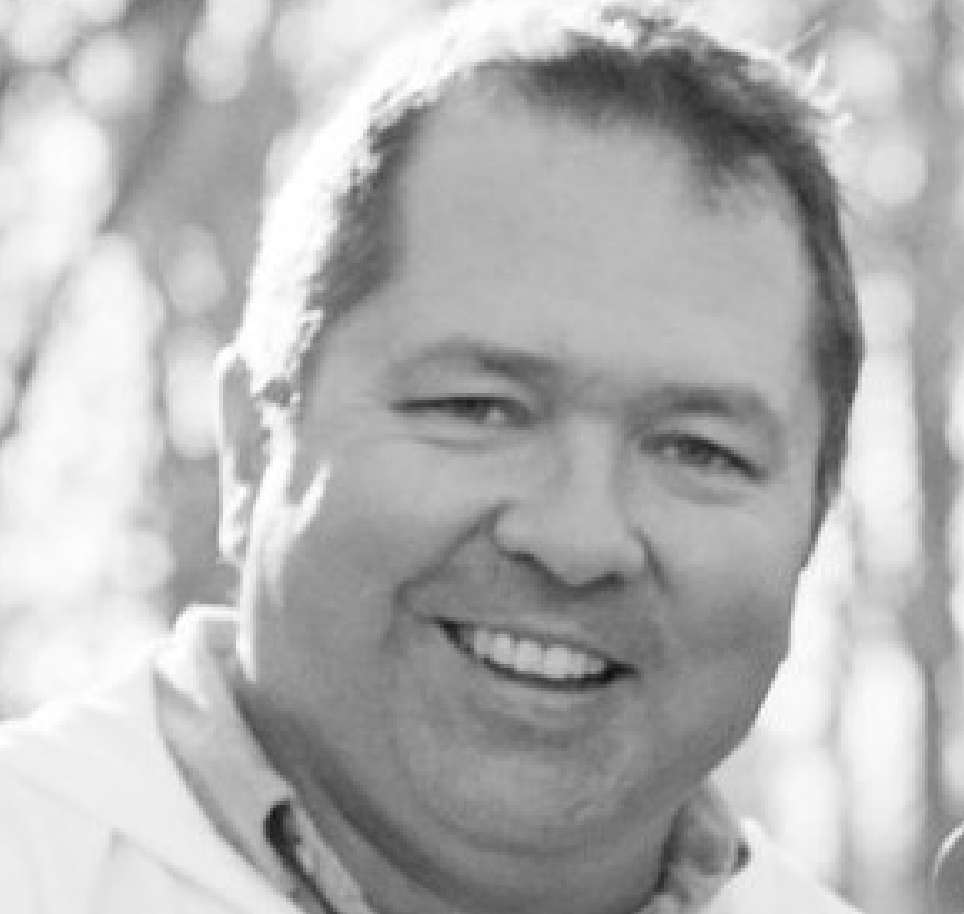
Edward Domijan,
Public Services and Procurement Canada (PSPC)
Federal Contaminated Sites Action Plan (FCSAP) and the separate Northern Abandoned Mines Reclamation Program (NAMRP)
- Bio |
- Abstract
- | Presentation
Edward Domijan
Mr. Edward Domijan is a Senior Environmental Engineer with Public Services and Procurement Canada (PSPC) in Edmonton, AB. He has 25 years of experience in the project management field in the federal government with a particular focus on the assessment and remediation of contaminated sites throughout Western and Northern Canada. A graduate of the University of Alberta with a B. Sc. in Civil Engineering, Mr. Domijan has also served as project manager for the construction of large capital projects such as highway and bridge replacement work, water & wastewater treatment facilities, and significant demolition projects.
Federal Contaminated Sites Action Plan (FCSAP) and the separate Northern Abandoned Mines Reclamation Program (NAMRP)
The Federal Contaminated Sites Action Plan (FCSAP) is a government-wide program co-led by Environment and Climate Change Canada and Treasury Board Secretariat, to reduce risks to human health and the environment and associated financial liabilities. The FCSAP was recently renewed with funding of $1.2 billion from 2020-2024 along with another $2.2 billion from 2020-2034 for the Northern Abandoned Mines Reclamation Program (NAMRP) via Budget 2019. This presentation will provide an overview of the federal contaminated sites related programs, the current forecasts for private sector support starting April 1, 2020, and the various procurement approaches, including ways to encourage participation of Indigenous companies and Small and Medium Sized Enterprises (SMEs).

Jacquelyn Stevens,
Willms & Shier Environmental Lawyers LLP
You Have Been Retained as an Expert Witness in Environmental Litigation – Now What?
- Bio |
- Abstract
- | Presentation
Jacquelyn Stevens
Jacquelyn Stevens has significant expertise representing a wide range of clients in environmental civil litigation, defence of prosecutions by environmental regulators, and on administrative appeals. Jacquie also provides effective advice and solutions for environmental due diligence and compliance, brownfields/contaminated site remediation, and environmental approvals for air, odour, noise and waste. Jacquie appears before the Courts and administrative tribunals, including the Ontario Court of Appeal. Jacquie advises on cross-boundary migration of contamination and remediation options during civil litigation and has significant expertise litigating contamination issues at dry cleaning operations and gas stations. Jacquie defends clients against quasi-criminal environmental prosecutions by regulatory authorities, and appeals regulatory orders and approvals. Jacquie is the President of the Women’s Law Association of Ontario and a member of the CBA, OBA, PDAC and ESAA. In addition to her law degree, Jacquie has a B.Sc. in Earth Sciences from Dalhousie University, a Master of Science in Geology from St. Francis Xavier University, and a Master of Studies in Environmental Law from Vermont Law School. Jacquie is called to the bar in Alberta and Ontario.
You Have Been Retained as an Expert Witness in Environmental Litigation – Now What?
Environmental litigation is a world of disputes where science, engineering, and environmental law intersect. These disputes lead to environmental claims. Environmental litigators retain experts to help decipher complexities that come with environmental, technical, and legal issues. We will discuss: an expert’s duties in regulatory and civil litigation what Canadian courts say about the expected relationship between lawyers and experts, the admissibility of expert evidence, and how far legal privilege extends over communications with experts and experts’ reports how best to establish and maintain an expert’s credibility before and at trial practical tips and best practices for experts in environmental regulatory and civil litigation matters.
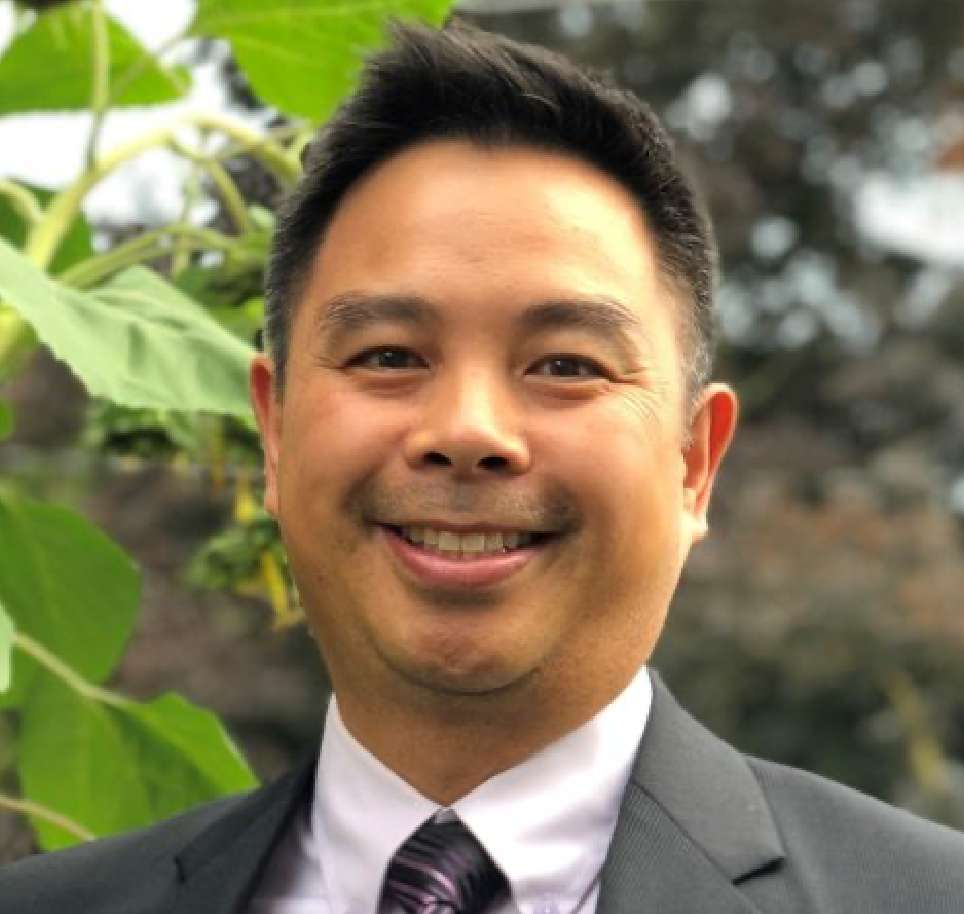
Albert Ho,
First Capital Realty
Environmental Risk Management in Real Estate
- Bio |
- Abstract
- | Presentation
Albert Ho
Albert Ho is the Director of Environmental Programs with First Capital Realty for 8 years. He provides direction and leadership to manage environmental risk nationally. Albert has over 20 years of experience in the field of environmental risk management, investigation and remediation. His experience includes both working as an environmental consultant and working in industry including real estate and manufacturing. He is a Professional Engineer and holds a Bachelor and Master of Engineering (Environmental) from the University of Guelph, MBA from Queen’s University, and Certified Risk Manager (CRM). Albert enjoys learning and is very open to new ideas. He is also a Sessional Lecturer for the Graduate Department of Physical & Environmental Sciences at University of Toronto Scarborough teaching Contaminated Sites Remediation to students of the Master of Environmental Science Program.
Environmental Risk Management in Real Estate
This presentation will touch on some of the key functional teams within a real estate company and explore their role and how environmental risk is managed? These teams include Investments, Valuations, Leasing, Financing, Construction, Development and Property Management. A case study will be presented examining the journey from acquisition due diligence of a property to the development planning while incorporating environmental management.

Mark Youden,
Gowling WLG
CO-PRESENTING: The New Reliance on Criminal Prosecutions to Enforce Environmental Compliance
- Bio |
- Abstract
- | Presentation
Mark Youden
Mark Youden is an associate lawyer in Gowling WLG’s Vancouver office, practising in the firm’s Environmental and Indigenous Law groups. Mark is called to the bar in British Columbia, Alberta and Ontario and advises a wide range of clients on all aspects of environmental, Indigenous and regulatory law issues, including: • Tribunal and judicial proceedings respecting contaminated sites and public utility matters • Environmental assessment, consultation protocols and impact benefit agreements for energy and natural resource projects • Quasi-criminal liability and environmental prosecutions • Spills management including civil and regulatory liability • Strategic advice regarding brownfield redevelopment • Environmental provisions in share and asset agreements • Waste management, including extended producer responsibility and stewardship issues • Water and wastewater authorizations for energy projects and industrial facilities • Regulatory control of chemical substances and the transportation of dangerous goods Prior to studying law, Mark obtained a Master of Science focused on biophysical interactions and the fate of contaminants in terrestrial and aquatic systems. He also worked as an environmental consultant for an international engineering firm.
CO-PRESENTING: The New Reliance on Criminal Prosecutions to Enforce Environmental Compliance
Federal regulators in Canada have taken a significantly different tact in the past 5 years. They now rely on criminal prosecutions (departing from traditional reliance on administrative orders) to punish polluters; some prosecutions have even led to jail time. This talk would highlight practical implications for companies doing business across Canada, for example: • What to do when investigators show up (with warrants) • Recent Prosecutions vs. The Traditional Approach: Key Differences • Emerging case law on Delay in Prosecuting Charges • Implications for Securities and Commercial Transactions
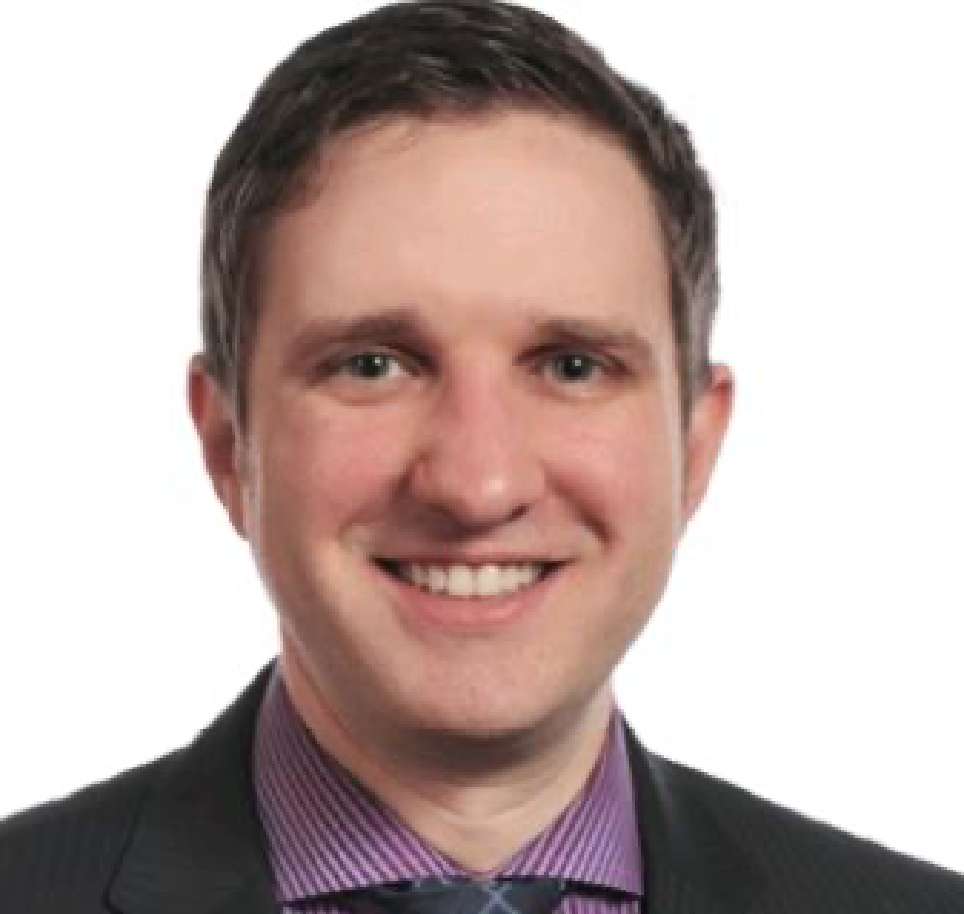
Josh Jantzi,
Gowling WLG (Canada) LLP
CO-PRESENTING: The New Reliance on Criminal Prosecutions to Enforce Environmental Compliance
- Bio |
- Abstract
- | Presentation
Josh Jantzi
Josh Jantzi is a partner in Gowling WLG’s Calgary and Vancouver offices, practising in the Advocacy Group. As regulatory and litigation counsel, he has practised in Indigenous, environmental, transportation, constitutional, municipal and other administrative law for 13 years with a focus on energy and natural resource development. Josh has represented energy and mining companies in precedent-setting cases in the regulatory review and environmental assessment spaces, most notably before the Supreme Court of Canada in Chippewas of the Thames First Nation v. Enbridge Pipelines Inc., 2017 SCC 41.
CO-PRESENTING: The New Reliance on Criminal Prosecutions to Enforce Environmental Compliance
Federal regulators in Canada have taken a significantly different tact in the past 5 years. They now rely on criminal prosecutions (departing from traditional reliance on administrative orders) to punish polluters; some prosecutions have even led to jail time. This talk would highlight practical implications for companies doing business across Canada, for example: • What to do when investigators show up (with warrants) • Recent Prosecutions vs. The Traditional Approach: Key Differences • Emerging case law on Delay in Prosecuting Charges • Implications for Securities and Commercial Transactions

Bonnie Drozdowski,
Innotech Alberta
Sterilants Program
- Bio |
- Abstract
- | Presentation
Bonnie Drozdowski
Bonnie Drozdowski (M.Sc., P.Ag), is the team lead for the reclamation program at InnoTech Alberta which focuses on developing of innovative and practical land reclamation and remediation procedures and technologies for landscapes disturbed by industrial activities. She has been working in applied reclamation research for over 10 years managing and participating in multifaceted projects integrating business and science in various industries including upstream oil and gas, mineable and in-situ oil sands, coal mining, sand and gravel, diamond mining, forestry, and pulp and paper. She passionate about working collaboratively with colleagues in industry, academia and the environmental services sector to capitalize on varying expertise and experience in developing innovative solutions to complex problems.
Sterilants Program
Soil sterilants were commonly used from the 1960s to late 1990s for non-selective vegetation control on industrial sites in Alberta, many of which are either starting to be decommissioned or stalled at the remediation phase resulting in delayed reclamation and certification. Soils treated with sterilants often become a source of contamination to adjacent land and waterbodies through leaching, surface runoff and wind dispersion. In an effort to establish proven, technical, and cost-effective strategies and best management practices for effective management of sites impacted by residual soil sterilants, with the goal of achieving regulatory site closure, a 5-year program, funded by both government and industry, was initiated in 2019 to address key knowledge gaps through a suite of projects. The unique structure and objective of the program emphasizes the benefits of collaboration between industry, researchers, and environmental service providers in achieving practical solutions for complex challenges in management of contaminated sites. The program consists of 13 individual and overlapping projects; five of which have been initiated and are being executed by four project service providers. InnoTech Alberta, who is responsible for management and execution of the newly formed Soil Sterilants Program will provide an overview of the program, the associated path to its development and a synopsis of the activities initiated to date.
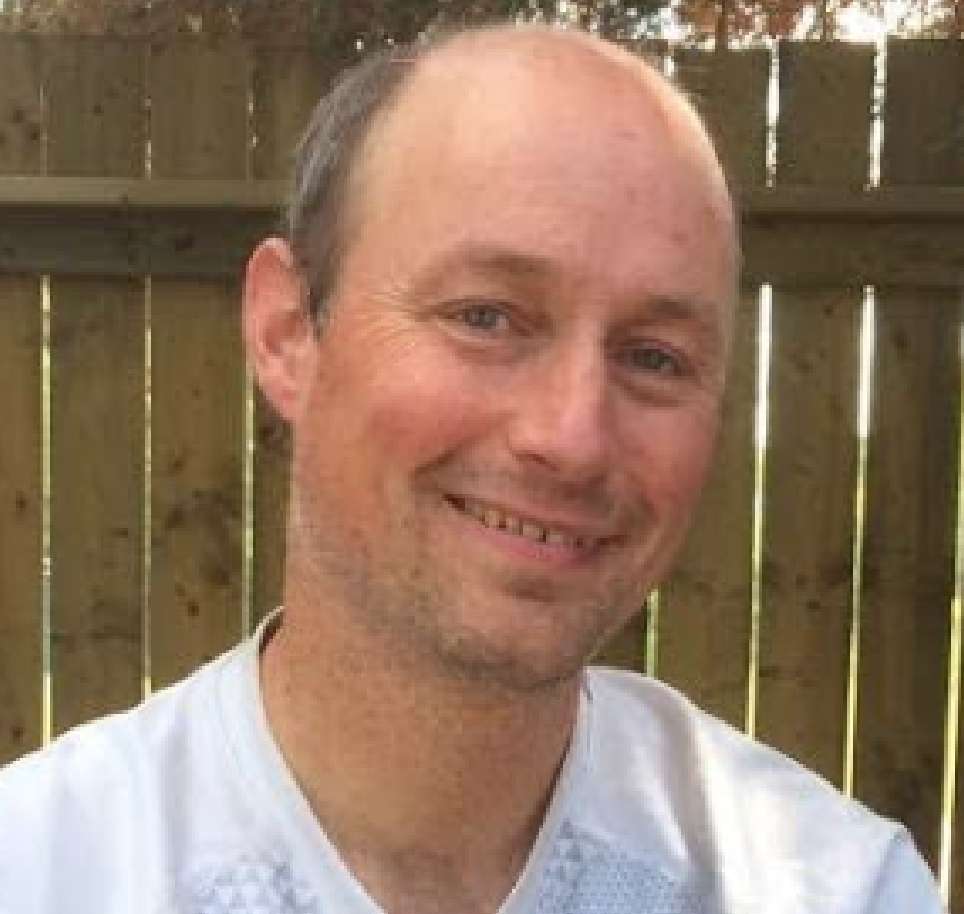
Ryan Riess,
Pinter & Associates Ltd
Enhanced Anaerobic Bioremediation – Case Studies
- Bio |
- Abstract
- | Presentation
Ryan Riess
Ryan Riess is an environmental engineer currently working at PINTER & Associates Ltd in Saskatoon. He has thirteen years of experience in remediation and site assessment. Ryan holds a Master’s degree in environmental engineering from the University of Saskatchewan along with undergraduate degrees in chemical engineering and biochemistry.
Enhanced Anaerobic Bioremediation – Case Studies
Several recent case studies from Western Canada will be discussed briefly demonstrating the types of sites and issues that can benefit from an anaerobic bioremediation approach. Case studies will cover Permeable Reactive Barriers used to protect receptors and full site remediation. Although the timelines are generally longer than other alternatives, the approach can be very sustainable and cost effective.
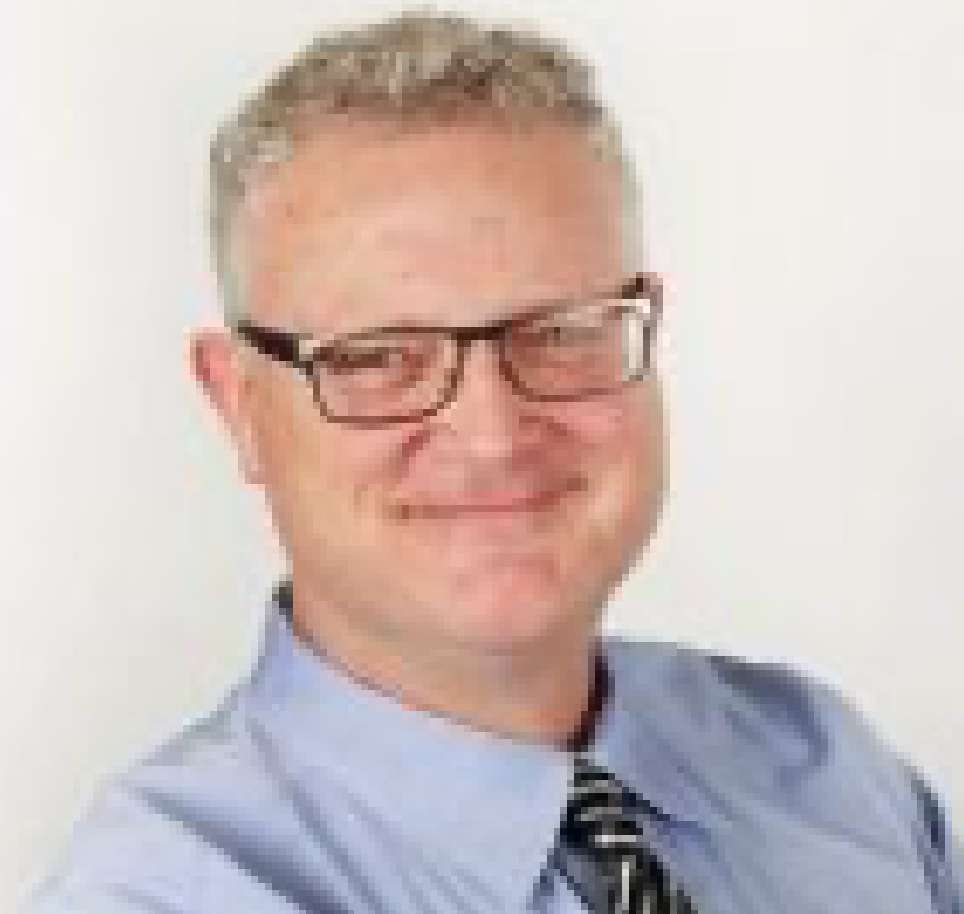
Kevin French,
Vertex Environmental
Case Study: When In-Situ Technologies Fail
- Bio |
- Abstract
- | Presentation
Kevin French
Mr. French is Vice President of Vertex and has over 30 years of experience and expertise in environmental engineering, specializing in site assessment and remediation. Kevin has been involved in the design and implementation of remediation programs across Canada involving PRBs, carbon adsorption, in-situ chemical oxidation and reduction, aerobic and anaerobic biodegradation, etc. in soil, groundwater and bedrock for a variety of contaminants, including petroleum hydrocarbons, chlorinated solvents and other compounds. He holds a Bachelor’s degree in Engineering from the University of Waterloo, is a Professional Engineer and a Qualified Person in Ontario, and frequently presents on environmental site assessment and remediation at conferences and seminars across Canada.
Case Study: When In-Situ Technologies Fail
In-situ remediation of petroleum hydrocarbon compounds (PHCs) is commonly applied across Canada. So why is it that some such projects are successful while other fail? How is a practitioner to know when is the right time to start remediation, what product(s) to use, how to select and how apply an appropriate in-situ remediation technique? How does one know how much data to collect beforehand, during and after remediation, and what data is the most important to remediation success? It seems that rarely do people highlight their remediation failures, yet much can be learned from studying what does not work to figure out the cause(s). The purpose of this talk is to present a case study of an actual site where two different in situ remediation techniques were used to treat PHCs and they both failed. Within this presentation, the site background and subsurface data will be reviewed, the remediation approaches will be presented, and possible reasons for the failed remedial efforts will be put forth. The talk will conclude by showcasing what additional Site data was collected and how a different in-situ remediation approach was selected and applied. This decision making process resulted in a delayed, but ultimately successful, remediation project. The site is a former fueling station located at the corner of a busy intersection in an urban area. There was significant on-site contamination, yet Risk Management Measures were used so remediation of the source area was not required. However, it was essential that the PHC plume be controlled to prevent its continued off-site migration. This talk will highlight how an injected Permeable Reactive Barrier (PRB) for PHCs was at first unsuccessfully, and then successfully, installed along a busy down-gradient property boundary. Throughout the presentation recommendations and insights will be offered into how to avoid failure and how to maximize success for in-situ remediation projects.

Victoria Collins,
NAIT Industry Solutions
High value added to waste product: Hydrochar as a novel bio-augmenting amendment for bio- and phytoremediation applications
- Bio |
- Abstract
- | Presentation
Victoria Collins
Victoria is a biotechnology and remediation scientist with nearly 10 years of combined experience in academic and industry sponsored, applied research. Her background is in tailings microbiology and hydrocarbon degradation, and she presently leads bioremediation projects tackling a range of current and emerging contaminants. She holds a BSc in Microbiology, an MSc in Land Reclamation and Remediation, and is currently in the process of finalizing her PhD in the same field at the University of Alberta. As a researcher with NAIT’s Applied Bio- Nanotechnology Industrial Research group, Victoria works closely with industry partners to develop innovative solutions and answer industry relevant questions that will benefit Canadians and Canadian companies.
High value added to waste product: Hydrochar as a novel bio-augmenting amendment for bio- and phytoremediation applications
In-situ bio- and phytoremediation are increasingly popular treatment options for both organic and inorganic contaminants in disturbed sites throughout Canada. Harnessing these natural processes can result in lower overall treatment costs, less disruption to the surrounding environment, and a reduced carbon footprint. However, these technologies may take considerable lengths of time to be effective, or may not reduce overall contamination below regulatory guidelines. To address these challenges, the Northern Alberta Institute of Technology (NAIT) Applied Research team has developed and optimized a water-soluble, protein-based amendment known as hydrochar. Hydrochar is the product of the hydrothermal carbonization of biomass feedstock. The properties of this amendment can be optimized by changing the feedstock and reaction conditions. In the current work, a proteinaceous byproduct of the meat processing industry was selected as a feedstock to create a high value added product. The reaction conditions were further optimized to produce an amendment rich in nitrogen phosphorous, trace nutrients, and carbon. The hydrochar was applied 1) as part of a biostimulation project on a hydrocarbon contaminated brownfield site in Alberta and 2) to an outdoor greenhouse study where native Boreal plant species, sandbar willow and slender wheatgrass, were grown in saline tailings slurry from the Oil Sands region. In the first study, a library of hydrochars were synthesized by varying temperature, reaction time, concentration, and relative biomass composition. A subset of four amendments were selected based on solubility and affinity for benzene. These candidates were evaluated for the potential to augment the anaerobic biodegradation of benzene using well-characterized benzene degrading cultures. One hydrochar was selected based on efficacy and production time. The amendment was deployed on site in Alberta resulting in a measurable decrease in benzene over the 2019 field season. In the second study, hydrochar was deployed as a nutrient amendment in addition to fertilizer for a plant mediated tailings dewatering technology. The growth study measured parameters such as increased solids content and shear strength, and plant biomass. The results indicated that hydrochar promoted significant biomass accumulation over the three month growth phase and enhanced dewatering in treatments with willows. This presentation will detail the laboratory optimization of the amendment for anaerobic benzene bioremediation, field activities and results in Alberta, outline the greenhouse studies, and give an overview of ongoing and future work.

Jean Paré,
Chemco inc.
In Situ Chemical Reduction for Remediation of Soil Containing Chlorinated Pesticides and Herbicides
- Bio |
- Abstract
- | Presentation
Jean Paré
Jean Pare, P.Eng., has a degree in Chemical Engineering from Laval University. He has been involved for the last 22 years in the evaluation, development, design, and promotion of both conventional and innovative environmental technologies. As Vice President with Chemco Inc., his responsibilities include the remediation design, technico-economical analysis and technology supply for chemical oxidation and reduction, soil washing, and enhanced bio-remediation. Last year, he worked with over 400 sites applying his expertise to various types of organic and inorganic contaminants in soil and groundwater. He is also involved with many environmental organizations such as CLRA, CBN, ESAA, BCEIA and Reseau-Environnement where he is an active technical committee member and regular technical speaker.
In Situ Chemical Reduction for Remediation of Soil Containing Chlorinated Pesticides and Herbicides
Problematic: Soil sterilant are non-selective residual herbicides that render the treated soil unfit for plant growth for relatively long periods of time. Sterilant, were commonly used in Alberta from the 1960s to late 1990s for non-selective vegetation control on oil and gas wells, gas processing plants, rights-of-way, railways, saw mills, pulp mills, and electrical utility sites ([1], [2], [7]); residues may also be found at agrochemical dealer sites ([8]). Sterilant treated areas can remain devoid of vegetation for many years, depending upon the type, rate and frequency of application of soil sterilant and the climatic conditions. Soils treated with sterilant can be a source of contamination through leaching, surface runoff and wind dispersion of the sterilant to adjacent land and waterbodies. Reclamation and remediation issues arise when a treated site is no longer needed for industrial use and the site must be returned to equivalent land capability. At present, many of these sites either remain as liabilities for industry, or impacted soil is excavated and disposed at a landfill. In Alberta, awareness of the issues associated with soil sterilant is on the rise as more legacy oil and gas sites (constructed prior to 1970; operational prior to 1990), where sterilant were typically used, are abandoned and slated for remediation and reclamation. Cotton and Sharma ([1]) estimated the number of oil and gas sites in Alberta with soil sterilant residues to be as many as 61,750 sites. Historical work has focused on upstream oil and gas sites, however there are many others in the province. It’s estimated that there are well over 3,000 additional sites associated with distribution sites, pipelines and electric metering stations and many other industrial facilities not yet identified. While a considerable amount of literature review, experimentation and operational activities have occurred over the past 20 years on this topic in Alberta, as of 2018, many of these sites are still in the queue for reclamation and remediation due to the recalcitrant nature of the contaminants that have impacted soil and groundwater and remain as liabilities for their owners.. Overview. Peroxychem manufactures a family of in situ chemical reduction (ISCR) products (i.e., soil amendments) for treatment of soil, sediment and other solid wastes contaminated with halogenated organic compounds. When the contaminants of interest are organochlorine pesticides (OCPs) or herbicides, the keys to this remedial approach are the composition of the soil amendment and application of repeated and sequential anoxic then oxic conditions to the contaminated matrix. The patented products are composed of plant fiber-based organic material and micro-scale elemental iron (US Patent No. 6,083,394) and may be supplemented with sulfate in the form of alkaline earth salts. Approach. Treatment proceeds via reductive dechlorination of the pesticides/herbicides followed by aerobic biodegradation of the partially or fully dechlorinated breakdown products. The soil amendment is typically applied at dosages of between 0.4% and 4% w/w) and therefore causes very little, if any, increase in soil volume following treatment. Over the last 15 years, the technology has been used successfully for in situ and ex-situ treatment of soils contaminated with a range of OCPs, including Chlordane, Lindande, DDT, Toxaphene, 2,4-D, 2,4,5-T, Atrazine, Dieldrin and Metolachlor at sites in North America and Europe. Results. This presentation will include an overview of chemistry involved in OCP degradation using the ISCR products, along with case studies from several completed applications in the United States, Canada, and Europe, and cost analysis.